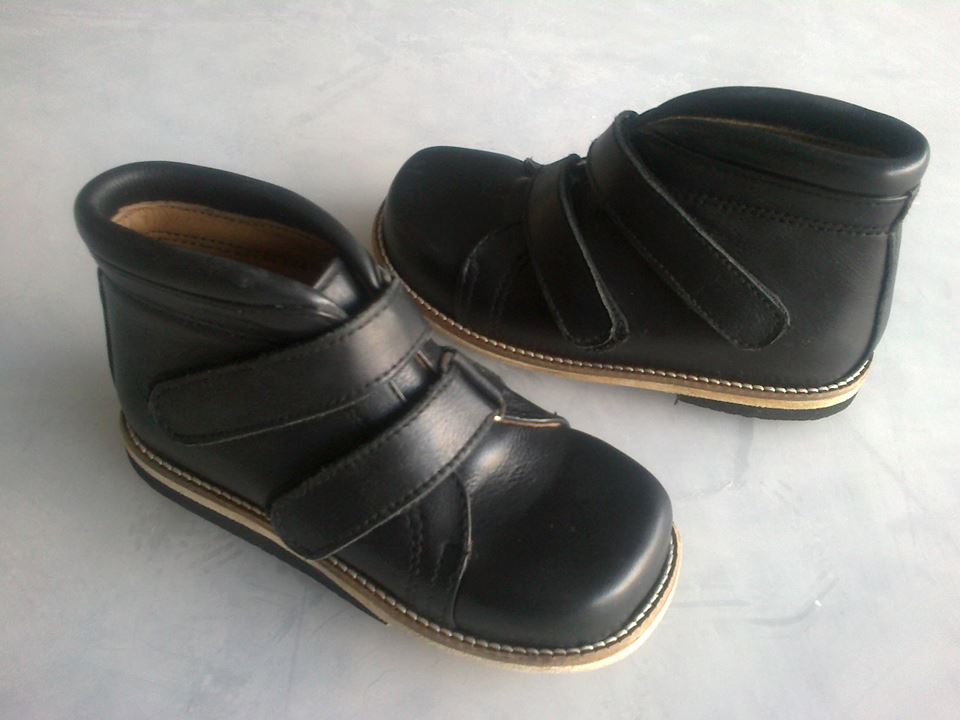What is clubfoot?
Clubfoot (also called talipes equinovarus) is a general term used to describe a range of unusual positions of the foot. Each of the following characteristics may be present, and each may vary from mild to severe:
- The foot (especially the heel) is usually smaller than normal.
- The foot may point downward.
- The front of the foot may be rotated toward the other foot.
- The foot may turn in, and in extreme cases, the bottom of the foot can point up.
Most types of clubfoot are present at birth (congenital clubfoot). Clubfoot can happen in one foot or in both feet. In almost half of affected infants, both feet are involved.
Although clubfoot is painless in a baby, treatment should begin immediately. Clubfoot can cause significant problems as the child grows. But with early treatment most children born with clubfoot are able to lead a normal life.
What causes clubfoot?
In some cases, clubfoot is just the result of the position of the baby while it is developing in the mother's womb (postural clubfoot).
But more often clubfoot is caused by a combination of genetic and environmental factors that is not well understood. If someone in your family has clubfoot, then it is more likely to occur in your infant. If your family has one child with clubfoot, the chances of a second infant having the condition increase.
Clubfoot present at birth can point to further health problems because clubfoot can be linked with other conditions such as spina bifida. For this reason, as soon as clubfoot is noticed, it's important that the infant be screened for other health conditions. Clubfoot can also be the result of problems that affect the nerve, muscle, and bone systems, such as stroke or brain injury.
What are the symptoms of clubfoot?
Clubfoot is painless in a baby, but it can eventually cause discomfort and become a noticeable disability. Left untreated, clubfoot does not straighten itself out. The foot will remain twisted out of shape, and the affected leg may be shorter and smaller than the other. These symptoms become more obvious and more of a problem as the child grows. There are also problems with fitting shoes and participating in normal play. Treatment that begins shortly after birth can help overcome these problems.
Club Foot Treatment
Most cases of clubfoot are successfully treated with nonsurgical methods that may include a combination of stretching, casting, and bracing. Treatment usually begins shortly after birth. In clubfoot, the tendons that connect the leg muscles to the foot bones are short and tight, causing the foot to twist inward.

























